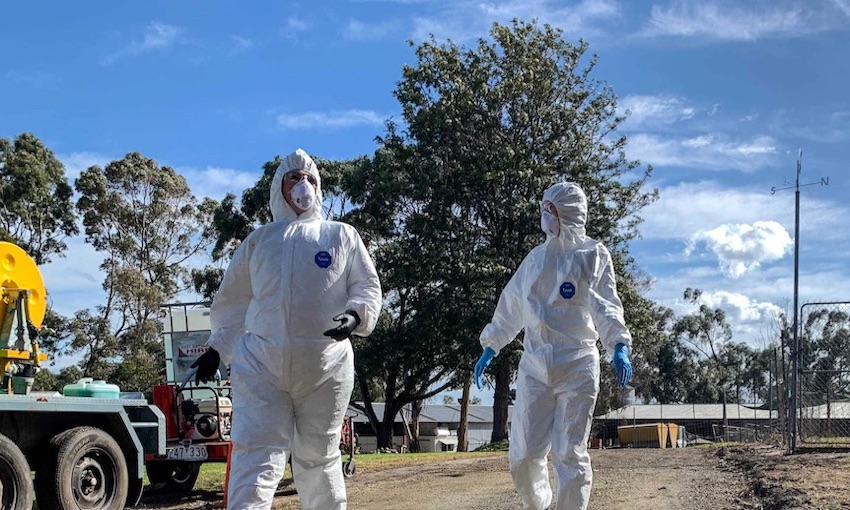THE Commonwealth Biosecurity 2030 plan was released on 26 May, outlining the Australian government’s roadmap to build a stronger, smarter biosecurity system through to 2030.
Secretary of the Department of Agriculture, Water and the Environment and Australia’s director of biosecurity, Andrew Metcalfe AO, said it would ensure Australia’s biosecurity system stays ahead of current and growing biosecurity threats.
“We are facing growing biosecurity risks that are becoming more complex and harder to manage, as pests and diseases spread overseas and more cargo and mail arrives in Australia,” Mr Metcalfe said.
“A strong biosecurity system is all that stands between us and these growing risks.
“Commonwealth Biosecurity 2030 outlines how we will build our future system and keep Australia at the forefront of best-practice biosecurity.
“We’ll do this by focusing on better governance and regulation, improved use of available technology, supporting our people capability, as well as sustainable, effective funding,” he said.
Mr Metcalfe said Commonwealth Biosecurity 2030 provides a roadmap to establish a regulatory environment that “will allow us to respond to the biosecurity opportunities and challenges we face”.
Head of biosecurity at the department, deputy secretary Andrew Tongue PSM, said the plan also highlighted that a sustainable funding and investment model would be a priority for our future biosecurity system.
“Australia’s biosecurity system relies on partnerships, relationships and involvement from a range of stakeholders across the country,” Mr Tongue said.
“To deliver the priorities outlined in Commonwealth Biosecurity 2030, we will use our strong existing relationships to guide annual action plans and work toward a National Biosecurity Strategy.
Commonwealth Biosecurity 2030 will also guide the government’s response to recommendations from previous reviews, including by the Inspector-General of Biosecurity and the Australian National Audit Office.
“These reviews have highlighted systemic challenges we need to address going forward,” Mr Tongue said.
Biosecurity is important for the government’s commitment to back the agriculture industry’s goal to be a $100bn sector by 2030.
Minister for agriculture David Littleproud said,“Protecting Australia’s world-class biosecurity system and our enviable status as a pest and disease-free nation is a priority for the government.
“A strong biosecurity system is the only thing that stands between growing pest and disease risks and a productive, sustainable farm sector.
“In consultation with our biosecurity partners, there will be a national biosecurity strategy to outline expectations and responsibilities of governments, industry and individuals to protect our biosecurity system.”
Actions outlined in Commonwealth Biosecurity 2030 are supported by the recent federal budget biosecurity investment of more than $400m. This comes on top of record spending on biosecurity and export services in 2020-21.
“I call on my state and territory colleagues to commit to biosecurity funding at or above 2016-17 levels in real terms, as recommended by the 2017 Craik review and as we have done,” Mr Littleproud said.
The Commonwealth’s biosecurity goal will be realised by taking nine strategic actions as outlined in Biosecurity 2030:
- Accelerate efforts with our partners to create a strong, future orientated and efficient national biosecurity system.
- Expand offshore assurance arrangements and overseas supply chain integration.
- Grow our partnerships with near neighbours to build risk management capability and build engagement with international bodies.
- Invest in a skilled and responsive workforce supported by improved regulatory tools and information.
- Roll out advancements in detection technologies and business practices.
- Generate greater shared responsibility by improving awareness and understanding.
- Increase offshore intelligence, research and analysis of data to find the best way to plan for emerging threats.
- Be better prepared for pest and disease incursions.
- Align our funding and investment model with future needs.

